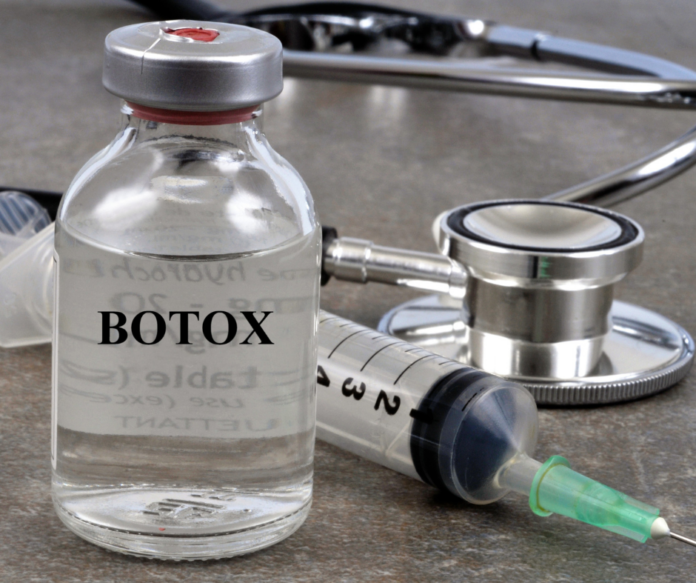
Dermal Fillers vs Botox: What’s the Difference?
When it comes to medspa services, two of the most popular treatments are dermal fillers and Botox. Both of these treatments are designed to help you achieve a more youthful and refreshed appearance. But they work in different ways and are used to address different concerns. In this article, we will explore the differences between dermal fillers and Botox, their benefits. And how to determine which treatment is right for you.
What are Dermal Fillers?
Dermal fillers are injectable substances that are used to restore volume and fullness to the skin. They are commonly used to treat wrinkles, fine lines, and facial folds. As well as to enhance facial contours and improve the appearance of scars. There are several types of dermal fillers available. Including hyaluronic acid-based fillers, calcium hydroxylapatite fillers, and poly-L-lactic acid fillers. Each type of filler has its own unique properties and is suited for different applications.
Hyaluronic Acid-Based Fillers
Hyaluronic acid is a naturally occurring substance in the body that helps to keep the skin hydrated and plump. As we age, our bodies produce less hyaluronic acid. Which can lead to a loss of volume and the formation of wrinkles and fine lines. Hyaluronic acid-based fillers, such as Juvederm and Restylane, work by replenishing the skin’s supply of hyaluronic acid. Helping to restore volume and smooth out wrinkles and folds. These fillers are typically used to treat nasolabial folds, marionette lines, and to enhance the lips.
Calcium Hydroxylapatite Fillers
Calcium hydroxylapatite is a mineral-like substance that is found in human bones and teeth. In dermal fillers, such as Radiesse, calcium hydroxylapatite is used to provide a more robust and long-lasting volumizing effect. These fillers are often used to treat deeper wrinkles and folds. As well as to enhance facial contours, such as the cheeks and jawline.
Poly-L-Lactic Acid Fillers
Poly-L-lactic acid is a biodegradable synthetic substance that has been used in medical applications for many years. In dermal fillers, such as Sculptra, poly-L-lactic acid works by stimulating the body’s own production of collagen. Which helps to restore volume and improve the skin’s overall texture and appearance. These fillers are often used to treat more severe facial wrinkles and folds, as well as to improve the appearance of hollow cheeks and temples.
What is Botox?
Botox, or botulinum toxin type A, is a purified protein that is derived from the bacterium Clostridium botulinum. When injected into the muscles, Botox works by temporarily blocking the nerve signals that cause muscle contractions. This helps to relax the muscles and smooth out the overlying skin, reducing the appearance of wrinkles and fine lines. Botox is most commonly used to treat dynamic wrinkles, which are the lines that form as a result of repeated muscle movements, such as frown lines, forehead lines, and crow’s feet.
Dermal Fillers vs Botox: Key Differences
While both dermal fillers and Botox are injectable treatments that can help to improve the appearance of wrinkles and fine lines, there are some key differences between the two:
1. Mechanism of Action
Dermal fillers work by adding volume to the skin and filling in wrinkles and folds, while Botox works by relaxing the muscles that cause dynamic wrinkles to form. This means that dermal fillers are generally more effective for treating static wrinkles, which are the lines that are present even when the face is at rest, while Botox is more effective for treating dynamic wrinkles.
2. Treatment Areas
Dermal fillers are typically used to treat wrinkles and folds in the lower half of the face, such as nasolabial folds, marionette lines, and lip lines, as well as to enhance facial contours and improve the appearance of scars. Botox, on the other hand, is primarily used to treat dynamic wrinkles in the upper half of the face, such as frown lines, forehead lines, and crow’s feet.
3. Duration of Results
The results of dermal filler treatments typically last between six months and two years, depending on the type of filler used and the area treated. Botox treatments generally last between three and six months, after which the muscle activity gradually returns and the wrinkles reappear.
Which Treatment is Right for You?
When deciding between dermal fillers and Botox, it’s important to consider your specific concerns and goals. If you are primarily concerned with static wrinkles and loss of volume in the lower half of your face, dermal fillers may be the best option for you. If you are looking to address dynamic wrinkles in the upper half of your face, Botox may be more appropriate.
In some cases, a combination of both dermal fillers and Botox may be recommended to achieve the best results. This is known as a “liquid facelift” and can provide a comprehensive rejuvenation of the face without the need for surgery. To determine the best course of treatment for your individual needs, it’s important to consult with a qualified medical professional who specializes in medspa services.
Conclusion: Dermal fillers vs Botox: What’s the difference?
In summary, dermal fillers and Botox are both effective treatments for addressing the signs of aging and improving the appearance of wrinkles and fine lines. While dermal fillers work by adding volume to the skin and filling in wrinkles and folds, Botox works by relaxing the muscles that cause dynamic wrinkles to form. The best treatment for you will depend on your specific concerns and goals, and a consultation with a qualified medical professional can help you make the right decision.



